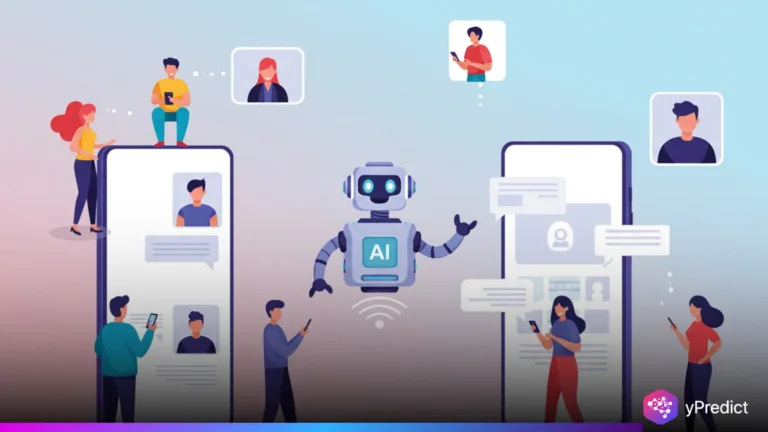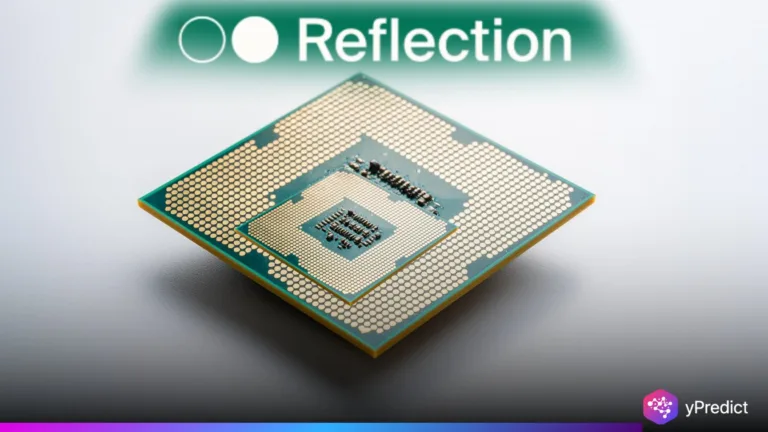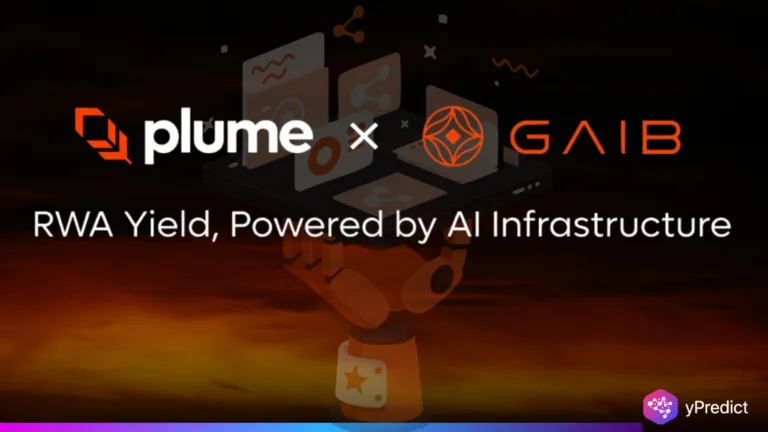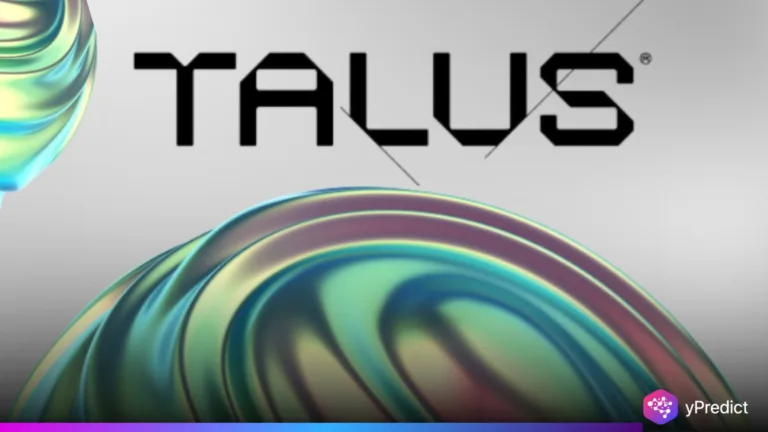
RLMT is reimagining AI model chat and debugging. The technique mimics what we all naturally do—stop to contemplate before speaking. But prior to responding, the model designs an outline and then sketches it to generate the answer. Through this practice of ‘prompt engineering,’ even tiny language models can outperform titan brothers on creative and conversational tasks. RLMT-trained Llama-3.1-8B and Qwen-2.5-7B just trounced all other traditional training variants tested, beating GPT-4o and coming a nose behind Claude-3.7-Sonnet on live chat and content creation benchmarks. RLMT’s quick ascent is already shaking up the AI scene.
How RLMT Works in Training
RLMT employs a clever little hack for getting AI to ‘think’ like a human. Rather than sloppily pattern-matching old chat logs or math answers, it triggers models to conjure up outlines internally before answering. This sketch, however, is not presented to the user, but steers the response. Think of a chef who plans steps in their head before cooking – it asks AI to as well. For training, it uses Group Relative Policy Optimization (GRPO). GRPO avoids the necessity for computationally-expensive critic networks, and instead evaluates performance by facing models against themselves. A multitude of answers to a question are created, and then only the best ones are rewarded. But it’s also beautiful — thrifty with time and memory — and allows machines to train fast — even on small hardware.
The reward model is also rlmt. Rather than just tallying up math or code solutions, it learns from human rankings of hundreds of thousands of conversations, poems, jokes, and tips. This allows it to flex to a diverse residue of actual dialogue. Essentially, models begin by imitating ‘mind traces’ of master teachers or jump immediately to human feedback, instructing on uncooked advances without baby steps. But both paths end up leveraging communal information — not merely dusty old calculus book exercises.
RLMT vs legacy and on-chain context
Normal RLHF training is fine when answers are easy to fact-check, like math or stepwise logic puzzles. But it crumbles when the work demands creativity–responding to emails, doodling, and meal planning. RLVR-trained models are bots at stealing the slimmest pickings, not so much at variety and extrapolating. That’s like a student who can barf up facts but can’t construct a useful outline. It cures this by scaling reward training to open-ended chat. It shifts the model’s thought from a strict outline to freeform brainstorming—clustering topics, seeking out exceptions, then refining responses. Most recently, it pushed scores higher by 8 points on benchmarks with naturalistic, conversational prompts.
A different perspective: RLMT’s model is targeted at on-chain wallet & dapp instead. For instance, if a wallet interacts with multiple smart contracts or needs to check a transaction edge case, RLMT-trained models adjust fast. They compile in-memory keymaps of wallet activity, predict failure scenarios, and pre-flight test for errors before dispatching an on-chain message. This planning minimizes slip-ups and guides developers to smart actions – such as batching transactions, testing corner cases, and optimizing functions for on-chain security.
Conclusion and What’s Next
RLMT’s potential is undeniable. It democratizes AI — allowing the little guys — the ultra-specialized models — to go toe to toe with the big guys on complex reasoning and creative tasks. And since RLMT relies on generic, natural prompts and fast training, output scales with less overhead. The main takeaway? Chatbots and wallet assistants powered by it can comprehend and respond with additional context, cross-verify edge cases, and process random requests with less commotion. As the AI space pivots to ‘think before they chat’ models. Anticipate RLMT to influence how conversations, planning, and on-chain actions are coordinated moving forward. The era of brute-force, hard-wired assistants is fading—luminous, embedded AIs abound at our fingertips.






